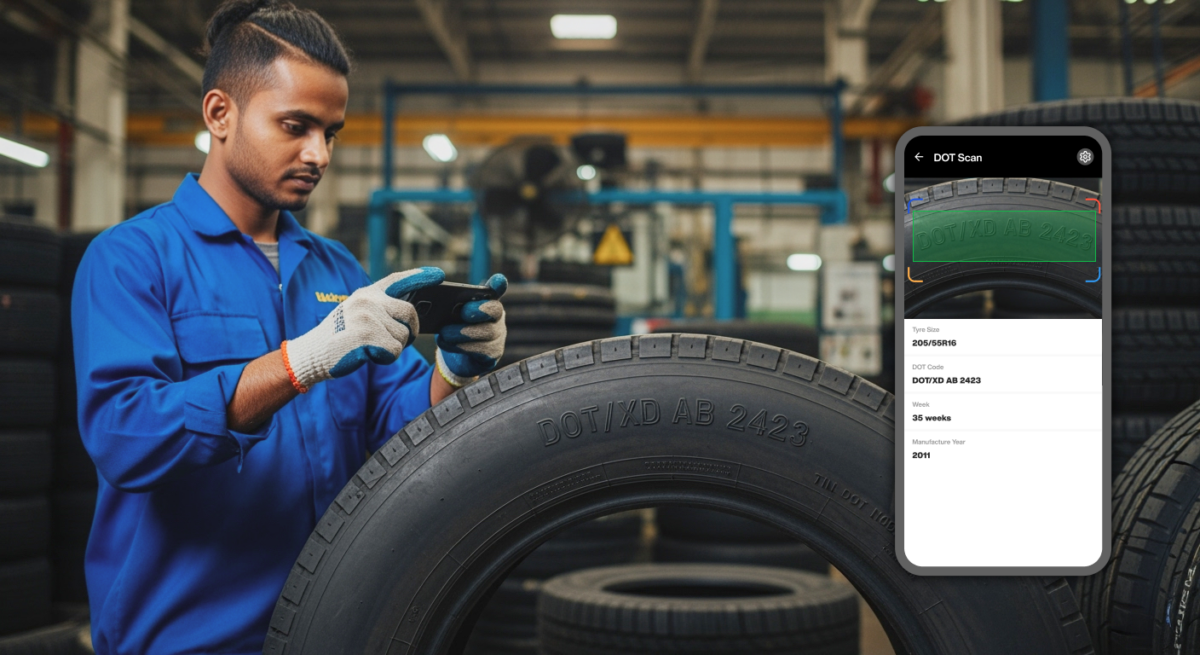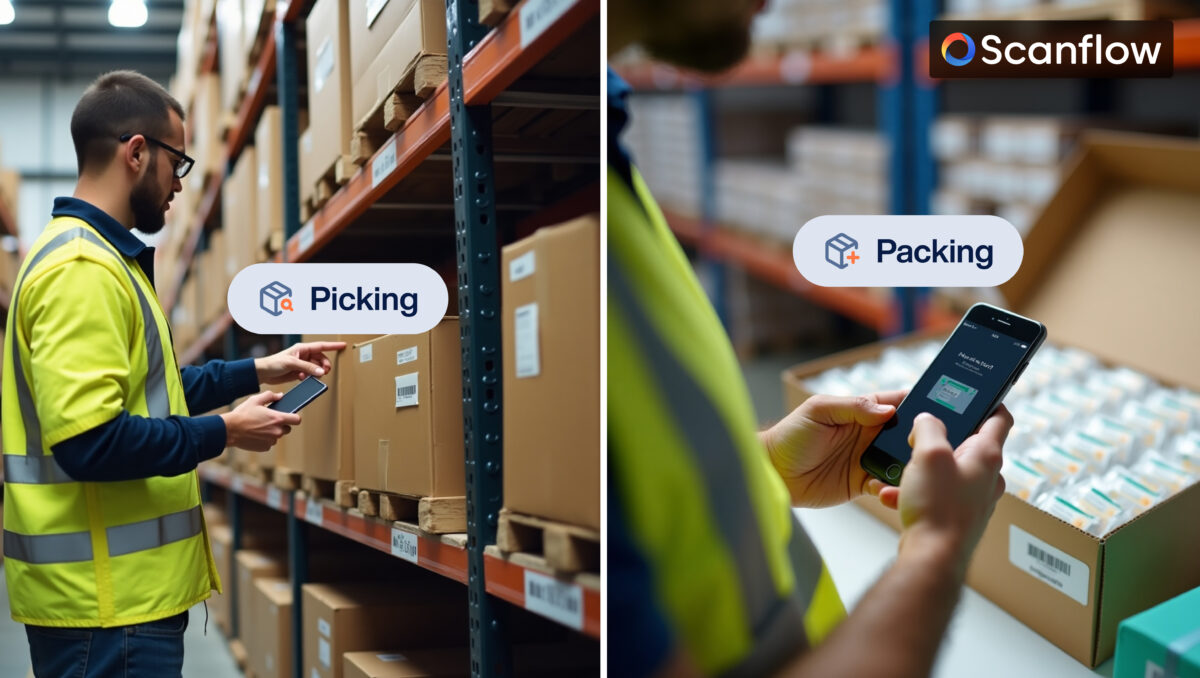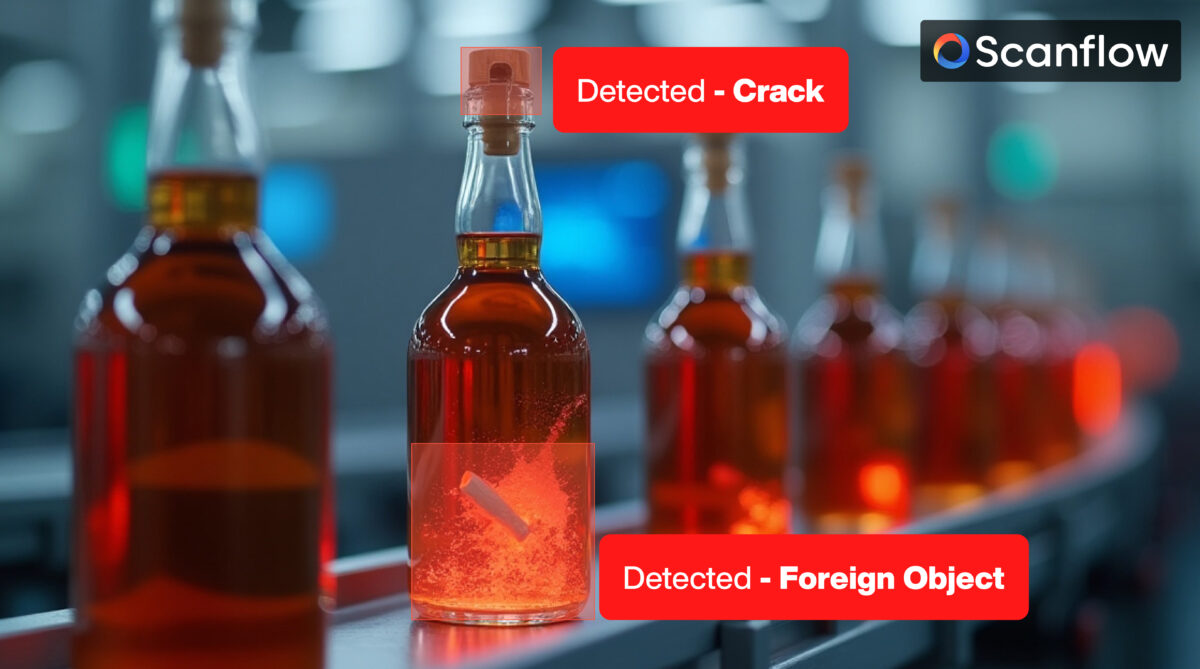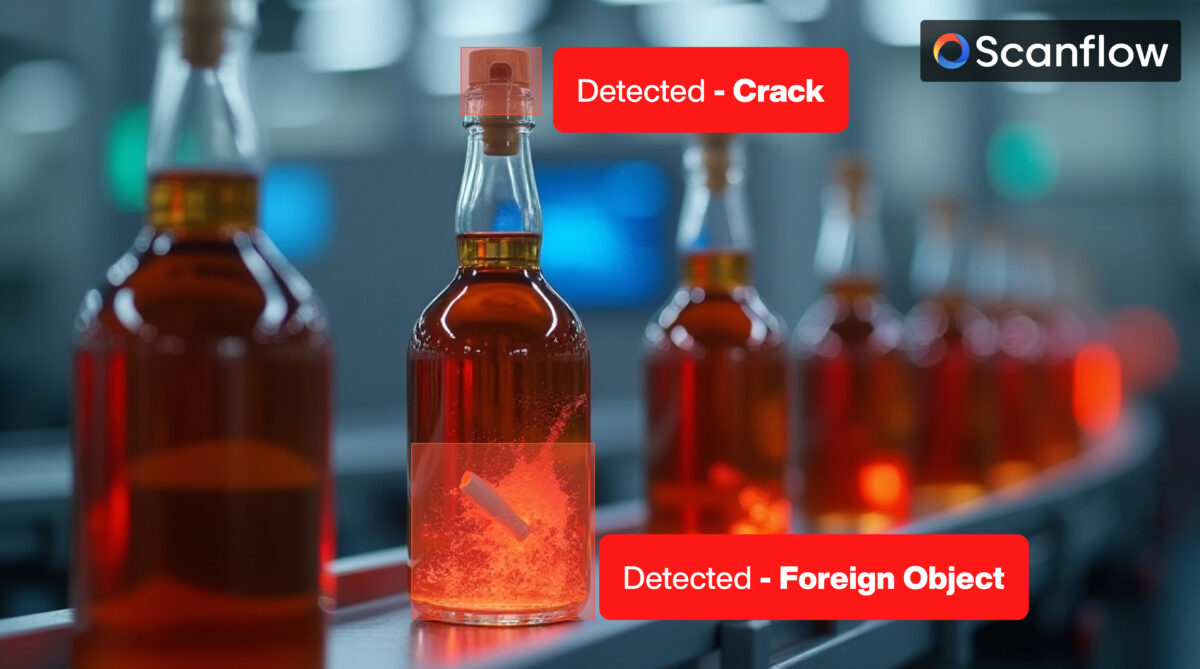In today’s fast paced digital economy, accurate and lightning fast scanning of barcodes and QR codes is crucial across industries like retail, logistics, manufacturing, and healthcare. Traditional scanning solutions often struggle with poor lighting, damaged codes, or varying angles. Enter Scanflow AI SDK, a game changer that redefines how businesses approach barcode and QR code scanning, delivering robust performance, speed, and flexibility.
What is Scanflow AI SDK?
Scanflow AI SDK is an advanced software development kit designed to empower mobile and enterprise applications with smart barcode and QR code scanning capabilities. Unlike traditional scanning engines, it leverages artificial intelligence and deep learning to deliver superior results in complex scanning scenarios.
Key Features That Set Scanflow AI SDK Apart
1. AI-Powered Decoding Engine
The heart of Scanflow AI SDK is its AI-driven engine, which:
- Recognizes damaged, blurred, or distorted barcodes and QR codes.
- Processes scans rapidly, even on low-end devices.
- Works reliably under challenging lighting conditions.
This AI capability ensures high accuracy and minimizes scanning errors that can disrupt workflows.
2. Multi-Code and Bulk Scanning
Modern industries often need to scan multiple codes simultaneously for instance, picking multiple items in a warehouse or verifying batches of products. Scanflow AI SDK:
- Scans multiple barcodes or QR codes in a single frame.
- Reduces operational time dramatically.
- Enhances user convenience in high-volume environments.
3. Wide Barcode Format Support
Scanflow AI SDK isn’t limited to a few common formats. It supports over 30 barcode and QR code symbologies, including:
- 1D barcodes like Code 128, Code 39, EAN-13, and UPC.
- 2D codes like QR Code, Data Matrix, Aztec, and PDF417.
This flexibility makes it suitable for diverse applications across global markets.
4. Offline Functionality
In logistics, retail, or field operations, internet connectivity isn’t always guaranteed. Scanflow AI SDK works fully offline, allowing users to:
- Scan codes without needing a cloud connection.
- Protect sensitive data by processing locally on the device.
- Ensure smooth operations in remote areas.
5. Easy Integration Across Platforms
Scanflow AI SDK supports major development frameworks:
- iOS and Android native apps
- Cross-platform tools like Flutter, React Native, and Xamarin
- Web applications via WebAssembly
Its clean API and lightweight footprint mean developers can integrate it quickly without bloating their apps.
Benefits of Using Scanflow AI SDK
Businesses adopting Scanflow AI SDK experience several advantages:
- Increased Productivity: Faster scans reduce wait times and boost efficiency.
- Cost Savings: Accurate scans lower the risk of costly errors and rework.
- Enhanced Customer Experience: Smooth scanning leads to better app usability and user satisfaction.
- Future-Proof Solution: AI keeps improving, allowing businesses to stay ahead of technological trends.
Real-World Applications
Scanflow AI SDK is revolutionizing scanning across industries:
- Retail: Quick checkouts, inventory management, and digital loyalty cards.
- Logistics & Warehousing: Bulk scanning for faster picking, packing, and shipping.
- Healthcare: Secure scanning of medication barcodes to prevent errors.
- Manufacturing: Tracking parts and production processes seamlessly.
Why Choose Scanflow AI SDK Over Traditional Scanners?
Traditional barcode and QR code scanners often:
- Fail in poor lighting.
- Struggle with damaged codes.
- Require expensive dedicated hardware.
Scanflow AI SDK overcomes these limitations by:
- Using AI to interpret imperfect codes.
- Running on everyday smartphones and tablets.
- Delivering enterprise-grade performance without specialized hardware costs.
Conclusion
Scanflow AI SDK is transforming how businesses handle barcode and QR code scanning, offering unparalleled speed, accuracy, and adaptability. Its AI-driven capabilities help companies streamline operations, reduce costs, and deliver exceptional user experiences.
If you’re building apps requiring reliable scanning, Scanflow AI SDK might just be the competitive edge you’re looking for.
For more details, visit Scanflow AI SDK’s official website and explore how it can elevate your scanning solutions.
FAQs about Scanflow AI SDK
Q1: Who uses Scanflow AI SDK?
Businesses of all sizes use Scanflow AI SDK retail stores, warehouses, factories, hospitals anywhere that needs fast and reliable scanning of barcodes or QR codes.
Q2: Can I use Scanflow on my phone or tablet?
Yes! Scanflow works on many smartphones and tablets, making it easy to scan items wherever you are.
Q3: Is Scanflow helpful for small businesses too?
Definitely. Small businesses save time and avoid mistakes by using Scanflow’s fast and accurate scanning.
Q4: Can Scanflow read codes on curved or uneven surfaces?
Yes. It’s great for scanning labels on bottles, cans, or other rounded items.
Q5: What if my barcodes are a bit scratched or faded?
Scanflow can often read codes even when they’re a bit damaged, helping avoid delays and errors.
Q6: Does Scanflow work in places without internet?
Yes! You can still scan barcodes and QR codes even when you don’t have an internet connection.











